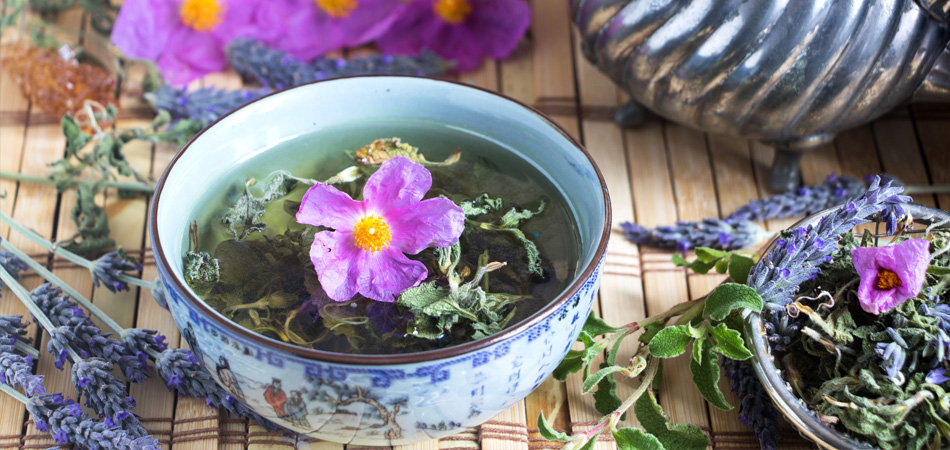- Your cart is empty
- Continue shopping

Cistus incanus, a genus belonging to the family of Cistaceae, provides a rich source of polyphenols.
Cistus incanus, also known as pink rock rose, is distributed through the Mediterranean Basin to the Caucasus Mountains.
The extract contains a high percentage of highly polymeric polyphenols.
Antibacterial and antiviral properties have been known for a long time.
It has been shown to exhibit antiviral activity against influenza virus.
“Epigallocatechin gallate” and “theaflavin digallate” found in Cistus incanus plants are both high molecular weight polyphenol derivatives and they prevent the contagiousness of the virus by binding to the hemagglutinin on the surface of influenza viruses.
These compounds,due to their high molecular weight, low absorption and consequently low plasma concentration, are thought to act directly.
Biologically active polyphenols such as low molecular weight resveratrol show their effects on intracellular signaling pathways.
It achieves its anti-inflammatory effect against influenza A virus by reducing the release of late viral proteins.
Cistus compounds have been shown to reduce the severity and duration of symptoms in patients with URTI.
Especially in patients with viral URTI, the average duration of symptoms was found to be lower than in patients with bacterial URTI
In the same study, C-reactive protein (CRP), one of the anti-inflammatory laboratory markers, was found to be significantly lower in subjects who received cistus treatment compared to those who did not receive treatment.
The effectiveness of both widely used green tea, which is rich in polyphenols, and cistus plant against URTI was compared in a study.
Studies on the effectiveness of Cistus incanus are limited.
One randomized controlled trial was performed on patients, who suffered from painful infection in mouth and throat area and demonstrated the efficacy of Cistus extract.
Cistus extract has potent antiviral activity against HIV-1 virus and flaviviruses, influenza.
Polyphenol rich plant extract targets viral envelope proteins.
Thus, prevents virus attaching to the host cell by binding to a receptor molecule.

